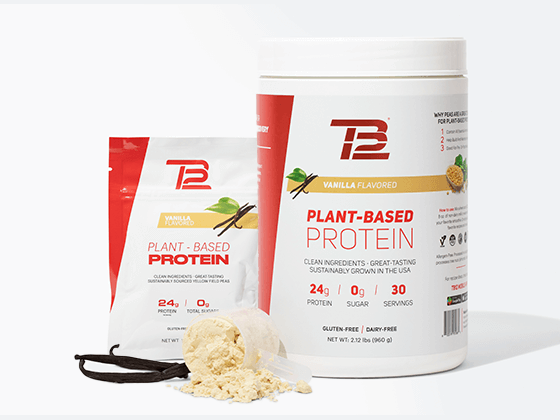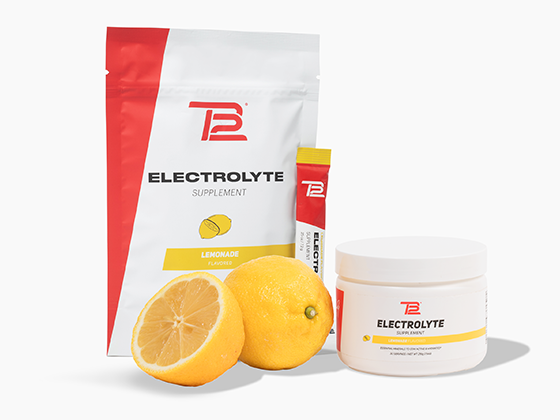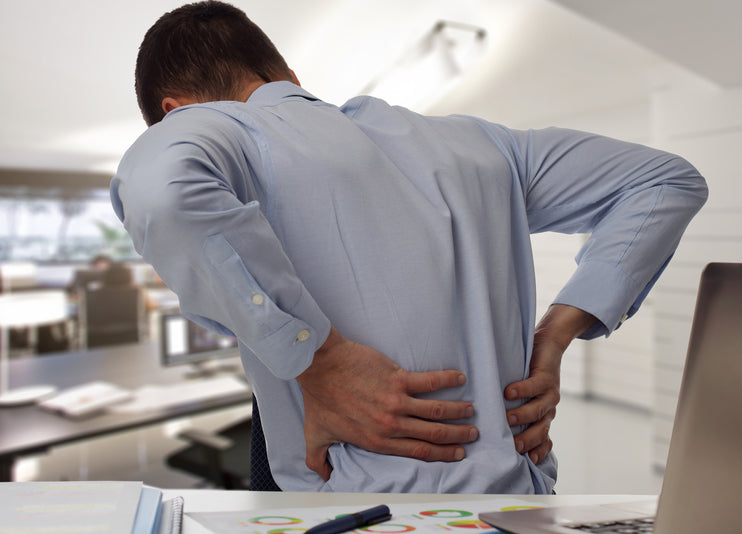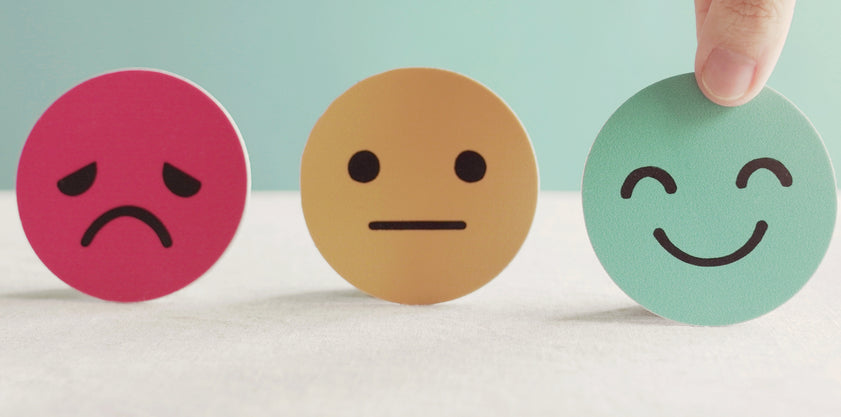The psoas is one of the most unique muscles in your body. It is the only muscle that connects the spine to the femur bones. This means that not only does the psoas flex your hip, but it can also flex the spine. Many of us begin to feel pain in the psoas when we sit for long periods of time without getting up and moving around every so often. Sitting for protracted periods of time shortens the psoas muscle, causing flexion in the spine and compression of the vertebrae and discs in the back. Professional and competitive athletes, too, deal with pain in the psoas often due to overuse and improper recovery. Due to the location of the muscle, it is difficult to feel with your hands and hands-on pliability work is often the best way to release the tension in this important muscle.
For anyone who has had body work done on their psoas, they know that it can be uncomfortable and can also stir up a strong emotional response. Why is that? Well, it’s because the psoas is more than a muscle—the psoas is our emotional core.
The key to all of this is our "flight or fight" response. The psoas is attached to the diaphragm via fascia and the medial arcuate ligament. Typically, the first thing to change when we are scared, stressed, or excited is our breath. This uniquely close connection between the psoas and diaphragm means that as breathing changes, the psoas will react as well—often reflexively tightening to provide anterior stability to the spine. We can see the benefit of deep breathing and meditation on slowing the breath rate and thus helping to relax the psoas. For people who sit the majority of the day and are also dealing with chronic stress and anxiety, this is a double whammy to creating a short and tight psoas. So, when doing body work on someone’s psoas it is not uncommon that all of those emotions that have been building up in their tightened psoas will release suddenly.
If you’re experiencing some of the following symptoms, you may be dealing with a tight psoas muscle.
- Spasms in the lower back
- Pain down the leg
- Limited flexibility in lower back or hips
- Limping
- Tension or pain in hips, groin, or pelvis
- Snapping hip syndrome
- Dysfunctional breathing
- Posture issues
Here are some tips for avoiding pain in the psoas:
Get active!
We get it—some days setting time aside for a long workout isn’t possible. On those days it’s still important to incorporate some movement into your day. Try setting a timer and get up to walk around every hour as alternating between sitting and standing can reduce the likelihood of your psoas tensing up. With holiday travel in full force, resist the urge to be sedentary and commit to being active daily!
Conversely, rest when needed!
Overuse is such a common cause of avoidable injury. At TB12 we believe that how you perform is a result of how you recover, so if you’re not taking time to let your body recover between tough workouts, you’re putting yourself at elevated risk of strain and injury. Help your body recover and reduce inflammation with two of our favorite supplements, VitalFit Tart Cherry and TB12 Recover.
Maintain proper posture
Proper posture is a great way to avoid back pain and spinal degeneration. Improper posture can shorten the psoas muscle over time, so make sure that, when standing, your legs are at a right angle to the floor and your legs are tucked under your hips. Pro-tip: wearing a pair of pants with an outer seam is an easy way to see whether your legs are properly perpendicular to the floor.
And, of course, stay pliable!
While at-home pliability work alone won’t fully alleviate pain from a tight psoas, here are a few exercises to help with lower back pliability.





